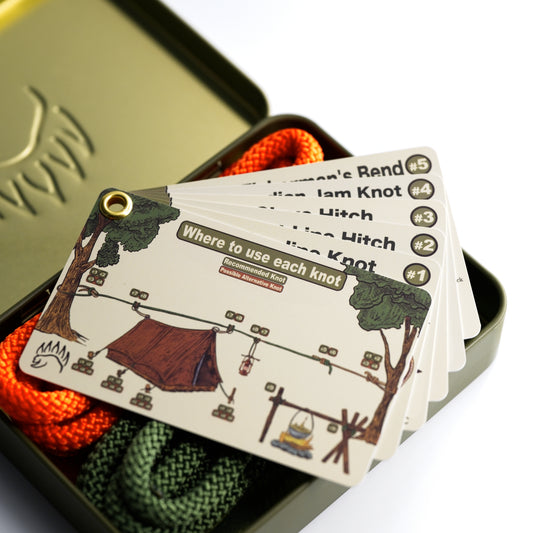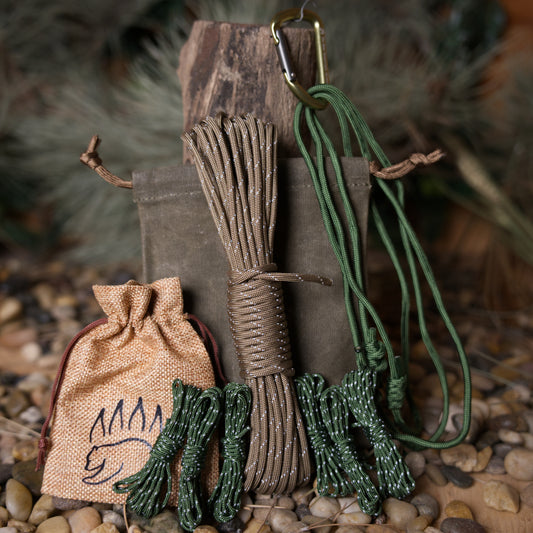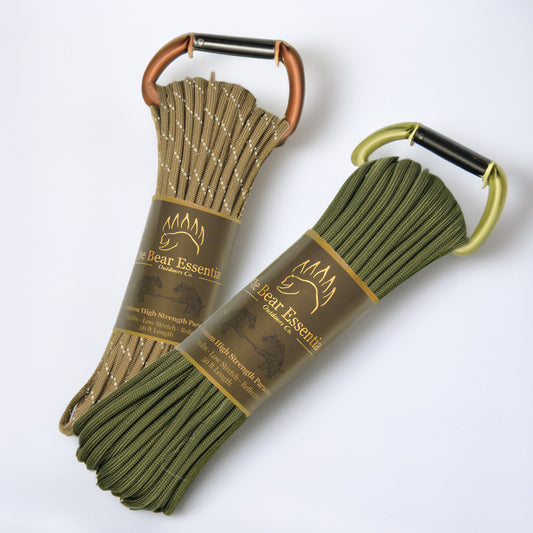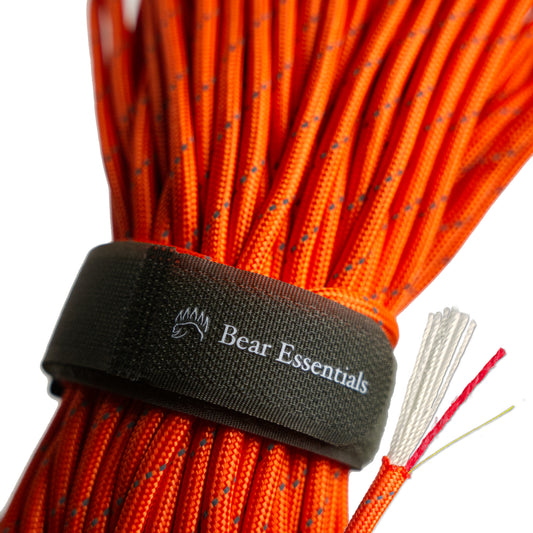How to Tie the Gnat Hitch
Usage
The Gnat Hitch is commonly used to secure a rope to a small object or line with a compact friction hitch, perfect for lightweight utility tasks.
Why Learn the Gnat Hitch?
Its minimal design ensures a quick, gripping tie for small objects. This knot is ideal for anyone needing a fast, lightweight securing method.
Common Uses
-
Utility:
- Secures cords to small poles or rings in household tasks.
- Ties lightweight gear for temporary setups.
ABOK Number
(Ashley Book of Knots)
Other Names
Category
|
Notable Features
- Compact size: Creates a small knot, perfect for tight spaces.
- Quick to tie: Simple structure allows rapid setup in the field.
- Lightweight grip: Holds securely on small lines or objects.
- Easy release: Unties smoothly without binding, even after tension.
Variations
No true variations listed in the provided data. To add security, add an extra wrap around the object before tucking the working end, though this may increase bulk slightly.
Similar Knots
Prusik Hitch vs. Gnat Hitch
- Pros: Stronger grip and more secure for climbing or heavy loads.
- Cons: Requires more cord and time to tie than the Gnat Hitch.
Rolling Hitch vs. Gnat Hitch
- Pros: Better for attaching to another rope with directional pull.
- Cons: More complex and less compact than the Gnat Hitch.
Blake’s Hitch vs. Gnat Hitch
- Pros: Optimized for climbing with adjustable, secure grip.
- Cons: Bulkier and slower to tie, less suited for small objects.
History
The Gnat Hitch likely emerged in utility and outdoor contexts where a quick, compact hitch was needed for small-scale securing. While not referenced in The Ashley Book of Knots, its simplicity aligns with practical knot-tying traditions. Its use in modern utility tasks reflects its adaptability for lightweight, temporary ties in everyday scenarios.
Security Level
The Gnat Hitch provides moderate security for lightweight applications, gripping well on small objects or lines under low tension. It may slip on slick or smooth surfaces or under heavy loads. Adding extra wraps can improve grip for critical tasks.
Downsides
- Load limitation: Not suitable for heavy or dynamic loads.
- Surface sensitivity: Prone to slipping on slick or polished objects.
Structure
- Wrap the rope around the object or line, crossing the working end over the standing part.
- Make a second wrap, keeping the working end over the standing part.
- Pass the working end under the standing part and through the loop created by the wraps.
- Pull the working end to tighten the knot, ensuring it grips the object.
- Check the knot to confirm it holds securely under light tension.
Pro Tip: Use at least two wraps for better grip, especially on slick surfaces.
FAQ
Is the Gnat Hitch strong enough for heavy loads?
No, it’s designed for lightweight ties; use the Prusik Hitch for heavier loads.
How does the Gnat Hitch compare to the Rolling Hitch?
It’s simpler and more compact but less secure for directional pulls on ropes.
Can the Gnat Hitch be used on slick surfaces?
It works but may slip; add extra wraps or use a stickier rope for better grip.
Why use the Gnat Hitch over a more complex hitch?
Its speed and small size make it ideal for quick, temporary ties in tight spaces.
Is the Gnat Hitch safe for securing gear?
Yes, for lightweight gear, but test it first and avoid using it for critical loads.
Important Notes on Safety
Common failure points include slippage on slick surfaces or under insufficient tension. Always test the knot under light load before relying on it.
Ensure the object is suitable for the knot’s grip strength.
Inspect the knot for proper wrapping and tension.
Practice tying in non-critical settings first.








